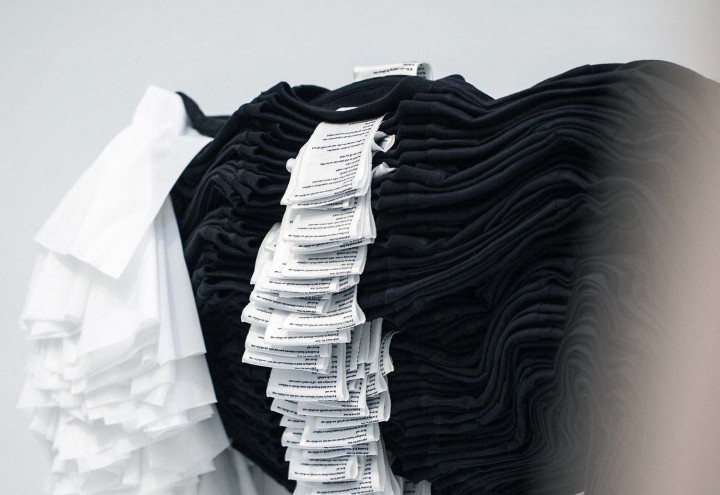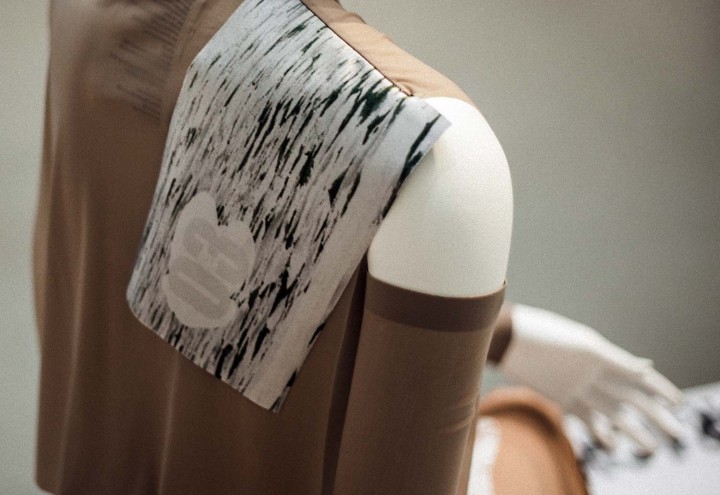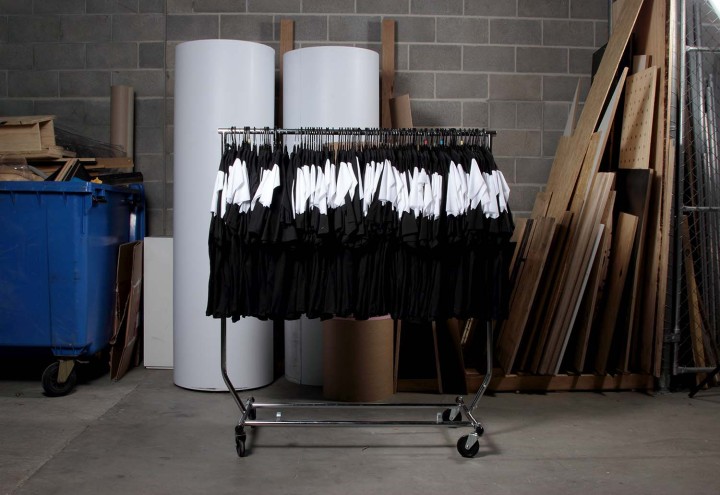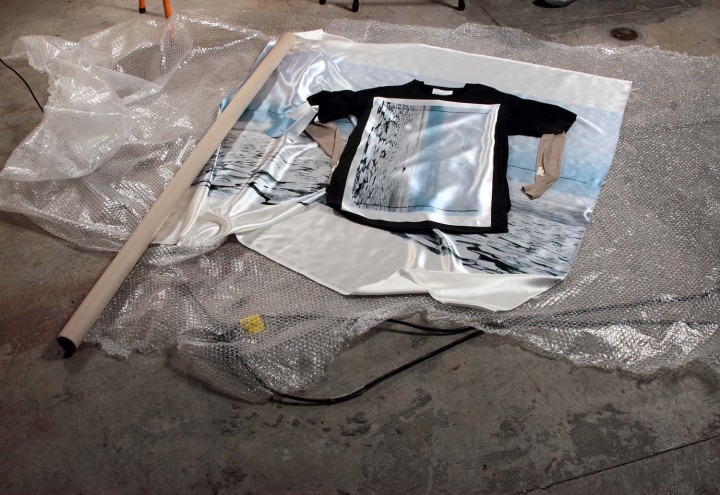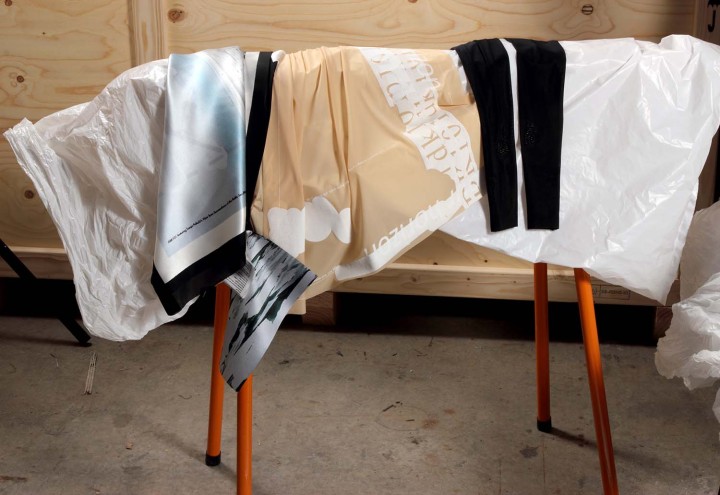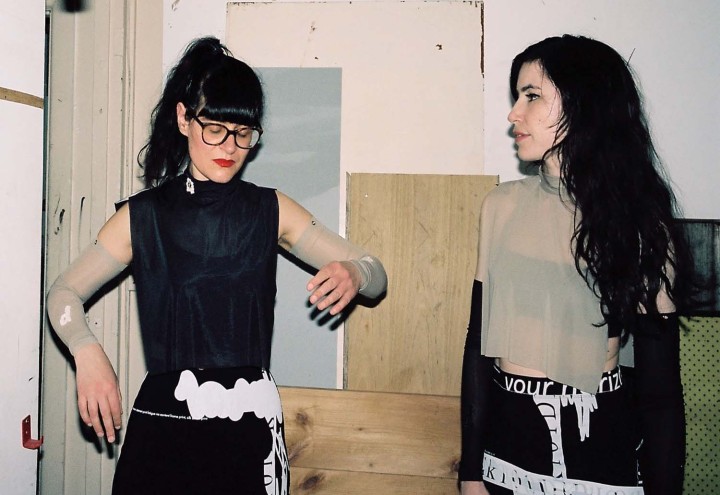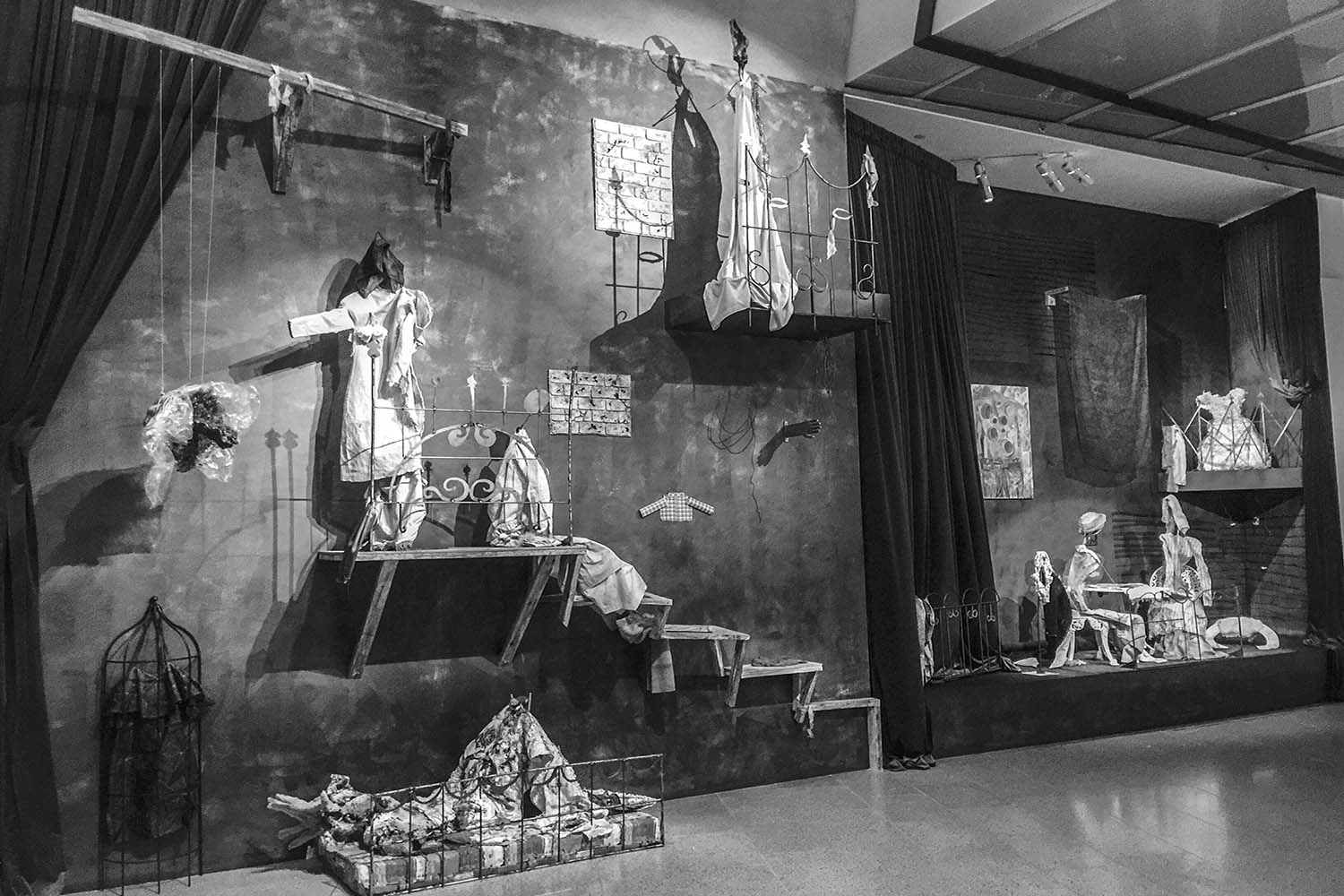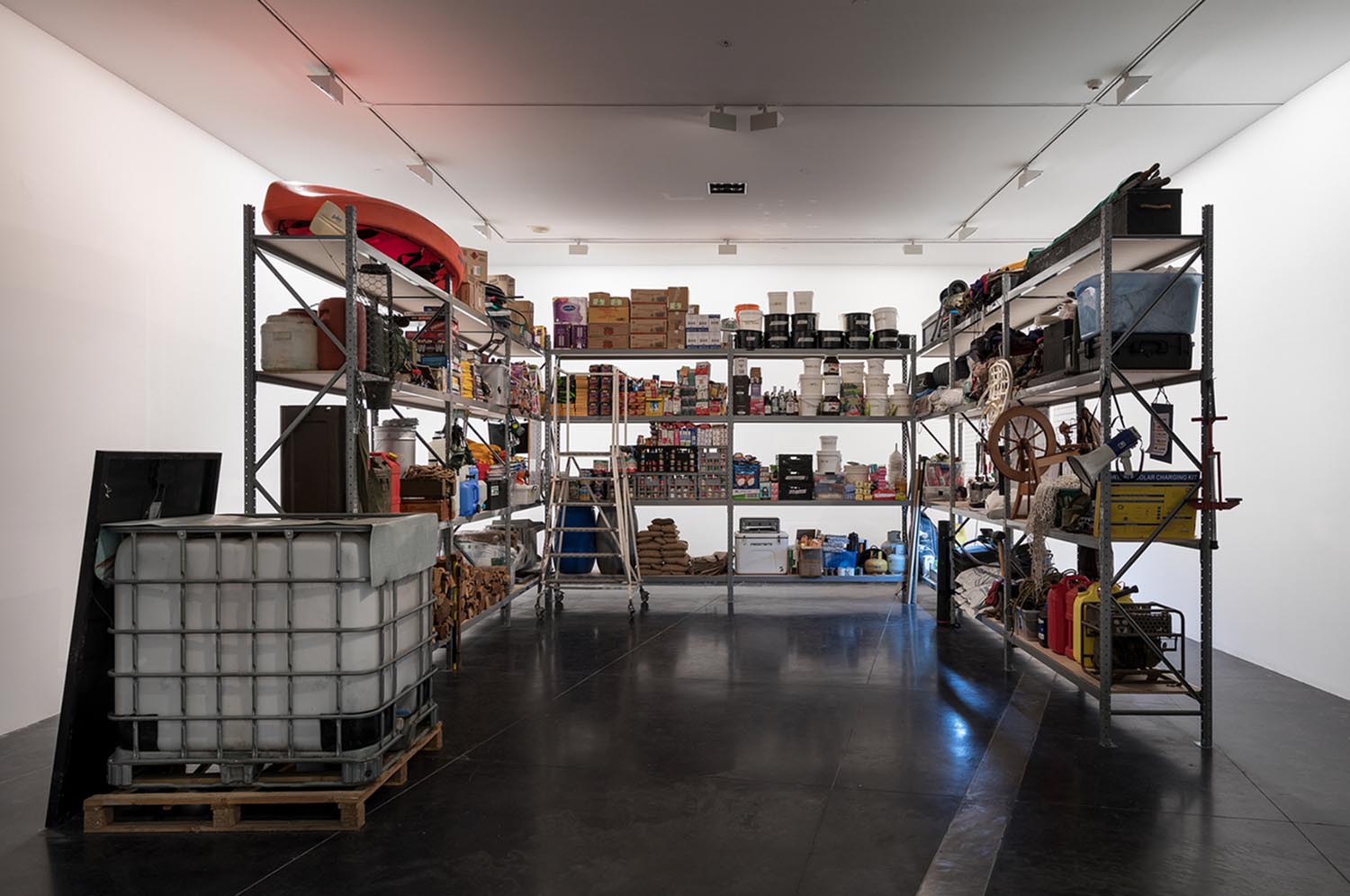The immaterial ingredients of fashion craft a compelling state of desire. Operating under the auspices of a fashion brand, these elements of high and low are a site for critical enquiry for Dolci & Kabana, abbreviated D&K, the collaborative entity run by Nella Themelios and Ricarda Bigolin, based in Melbourne.
How do you describe D&K?
D&K is a project, an ongoing exploration acting out the role of a “brand” as the identity or subject of the practice itself. We think of D&K as a name that can be dispersed across many different outputs — there’s no constant (or content) other than this search for an identity. It’s about hypothetically exploring what a brand might be, without necessarily being one.
As a fashion practice, yours is a critical one: for a start, D&K’s branding contradicts a uniform identity. What are you critical of in fashion?
The critical enquiry of our practice is linked directly to our academic backgrounds and the other areas in which we work. For Ricarda, thinking about a critical mode of fashion came directly out of a PhD and lecturing. For Nella, this interest developed from her work as a curator and producer in art and design. D&K is about thinking through the ways that fashion practice can, and does, question the hierarchies of value in fashion; the modes by which fashion evokes desire and allow garments to transcend their material value.
What does “language” in fashion mean to D&K?
We’re interested in the mythic qualities of the language of fashion. The desire for a garment or an object is transfixing and mesmerizing precisely because it seduces us into the belief that it is a singular expression — even when we know logically it is one of many.
You’ve exhibited internationally, but being based in Melbourne, does this geography work in your favor?
There is something about being in Melbourne that enables a way of thinking that wouldn’t be possible elsewhere. There is a lot more freedom in a city like Melbourne to be very fluid in the way that we might practice; we’re not weighed down by an extensive history of fashion practice, and there’s more scope to invent new ways of working.
What does craft and technique mean to you in terms of how you produce garments?
All the garments we produce critique and respond directly to the languages of garment production between high and low fashion. We think about the way details of a garment can provoke questions around high fashion: is there something at the item’s core that doesn’t really have words but lies at a material level, which compels you to want it, endlessly.

